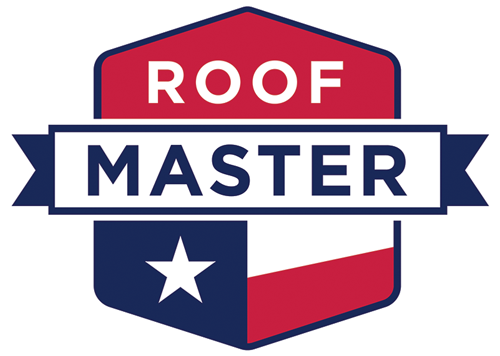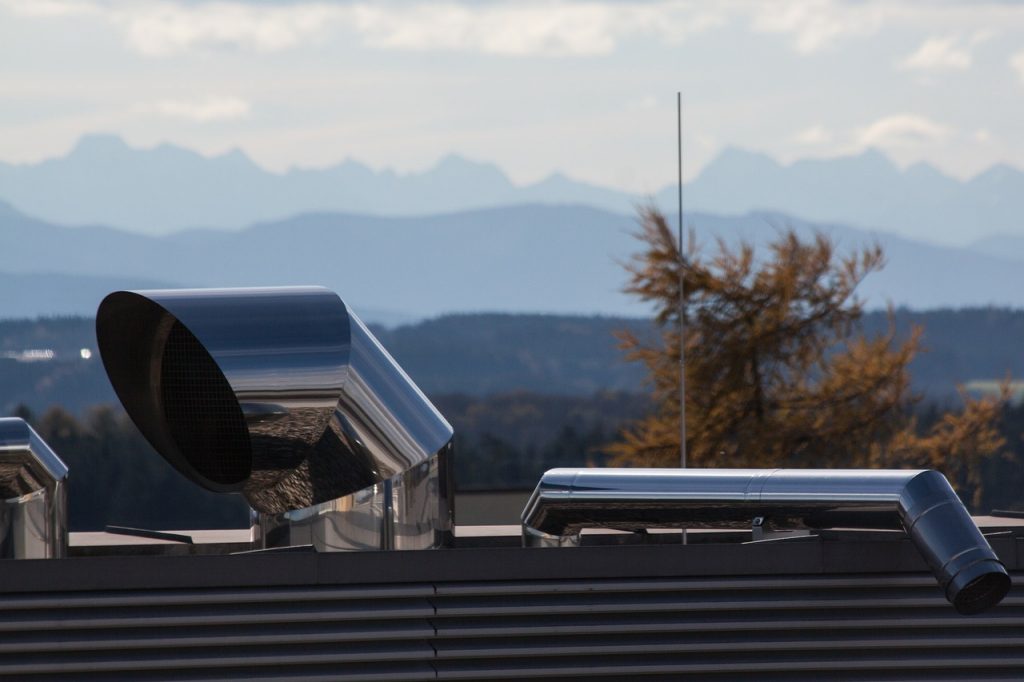Unclogging a vent pipe on your roof can be simple to do once you know how to go about it.
The three most common types of vents include the single-wall, double-wall, and flexible round plastic or metal chimney liner type.
The type of vent that needs to be unclogged will determine what tools are needed and how to do it safely.
It is recommended that the first step should always be to contact a licensed professional.
But before we discuss how to unclog your vent pipe on your roof, let’s look at some of the most common symptoms of a clogged vent pipe.
Symptoms of a Clogged Vent Pipe
A vent pipe provides a path for gases and moisture to escape from your home. When this path is clogged, you may end up with a host of issues to deal with.
Some of the common signs that your vent pipe is having some issues include:
Gurgling Noises in the Pipes
When you hear your pipes making gurgling sounds, it could be a sign of water or gases stuck in them.
Condensation inside of the pipe can also cause this sound when the temperature changes.
A clogged vent pipe will only make these noises worse and should not be ignored for long periods.
A Stinky Home
If there’s a foul smell of rotten eggs or sewage in your home, it could be a sign that there is some sort of clog in the vent pipe.
This smell should not be taken lightly as it can lead to serious health issues and high heating bills.
Floods Inside the Basement or Under Sink
A backed-up vent pipe can also cause water to sit in the floor joists of your home or under your sink.
This is not only a sign that there is an issue with the pipes, but it could be indicative of bigger problems too.
How to Clean Out Vent Pipe on Roof
If you are wondering how to unclog the vent pipe on your roof, here are some steps to follow.
Step One: Find Out What’s Clogging the Vent
The first step to take is to find out what’s causing the clog.
If you can’t see anything blocking or partially blocking the pipe, it might be due to corrosion, which may require a professional plumber’s assistance.
Step Two: Prepare for Removing Debris from Vent Pipe
In the second step, you’ll need to prepare for removing debris from your vent pipe.
This will include putting on heavy-duty rubber gloves and a pair of safety goggles to protect yourself. You’ll also need to use a ladder that is tall enough to reach the roof.
Step Three: Remove Debris from Vent Pipe Using a Wire or Metal Rod
Once you have put on protective gear, it’s time to remove the debris from your vent pipe.
However, if you’re having trouble seeing what’s inside it and can’t tell whether or not there is any build-up at all, try using a wire or metal rod to push out larger clogs that may be blocking the opening of it.
This should be done carefully so as not to injure yourself or cause damage to the vent pipe.
Step Four: Turn on Vent Pipe Fan and Look for Signs of Clogging
If you’ve followed all of these steps, then this is where things will start to get a little bit more interesting as you’re now trying to see if there’s any further build-up inside the fan, which could be preventing it from doing its job.
To do this, you’re going to use your fan and turn it on for a few minutes (a little bit longer than usual). Then check back over the roof or access point where you originally were, to see if any of that debris has come out at all.
If so, great! You’ve successfully unclogged the vent pipe, and you’re done.
If not, though, then it means there’s more work to be done. This will require a bit of extra cleaning equipment as well as some patience so that you can avoid damaging your fan or anything else on the roof itself.
Step Five: Clean Out Vent Pipe with Soap and Water
To get the rest of that debris out, you’re going to need some dish soap (not something like laundry detergent or anything else with coatings in it). You also need a bucket full of warm water.
Then take your garden hose (or your pressure washer, if you have one) and spray down the fan blades and the remaining parts of the vent pipe. Be very careful not to hit anything else on your roof or damage any wiring.
Once everything is nice and wet, pour a cup of dish soap into that bucket full of water (or spray some directly onto those fan blades). Then go ahead and use your pressure washer for a final rinse.
Finally, take the nozzle of your hose and spray down any debris that might still be stuck to those blades or vent pipes.
Afterward, you can put everything back together again.
Pro Tip: Use hot water to unclog your vent pipe on the roof because it will dissolve any grease or soap residue. This is particularly important if you’re living in cold areas where soap can freeze along the walls of the vent pipe.
Step Six: Call a Licensed Professional to do the Work
If you’ve tried everything and still the problem persists, maybe it’s time you called for professional eyes to check the top of your roof.
Roofing companies have special tools that can help them unclog vent pipes on roofs.
Bottom Line
Taking all these precautions will ensure that you can keep on using your fan for years to come.
If it’s still not working, then there might be a blockage somewhere deep inside of those vent pipes. If this is the case, you will need something more powerful than just a standard plunger to unclog your vent pipe.
Contact us today for all your roofing needs, including repairs and new installations.



